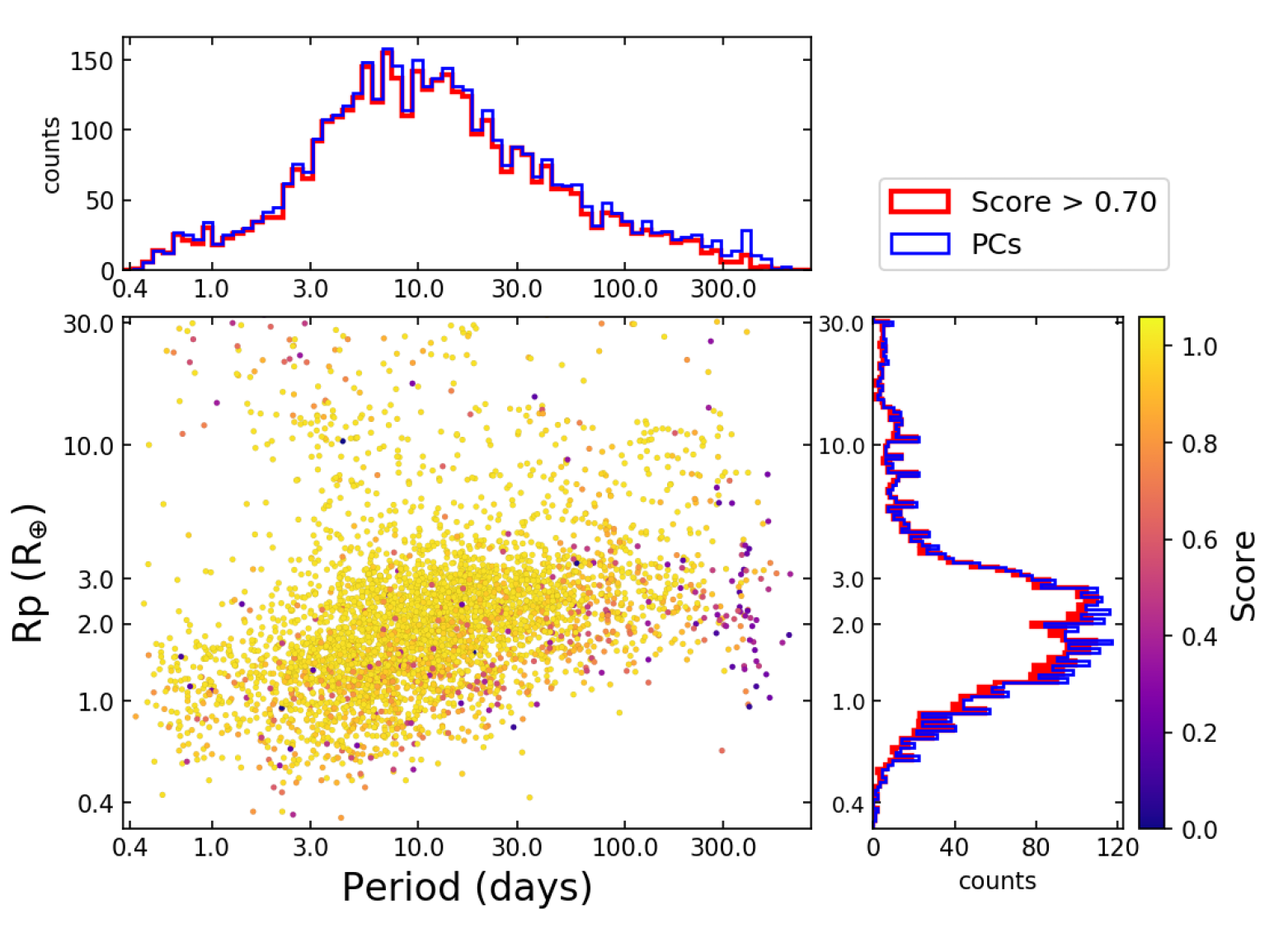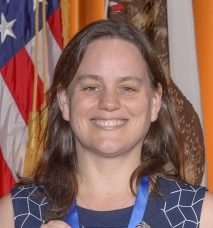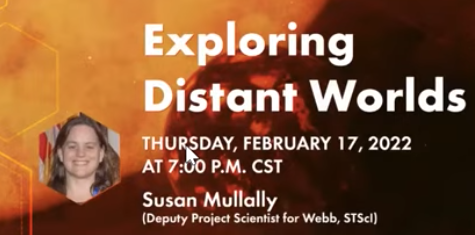About Me
I am the PI of the Mikulski Archive for Space Telescopes, Mission Scientist for the Data Science Mission Office, and an Exoplanet Scientist at STScI. Through these roles I work to accelerate scientific discovery with NASA's telescopes.

Education:
Ph.D. from UNC-Chapel Hill
B.A. from Hanover College
Research Interests: Time series data, Exoplanet demographics, White dwarf planets, Exoplanet atmospheres, pulsating white dwarfs, data archives, data accessibility.
Publications: List of published papers.
Research

ADS Library of my publications.
The Fate of Jupiter
I am part of a progrm to use the mid-infrared detector on JWST, MIRI, to directly image giant planets orbiting dead stars known as white dwarf stars. White dwarf stars are great places to look for cold, billion year old planets. See our recent work on candidate exoplanets found from observations of just four white dwarf stars: directly image two candidates and infrared excess . Perhaps we will learn what will happen to planets like Jupiter after the star evolves off of the main sequence.
Kepler KOI Catalog
Kepler closed-out it's mission with a final search of the photometric time series to look for planets. My team used automated tools to vet the signals found to determine which are most consistent with true transiting exoplanets. Because the catalog was automated, we could also vet injected transit signals and simluated false positives. As a result Kepler DR25 KOI catalog of planet candidates is the only one that can be used for to measure occurrence rates of exoplanets in orbits larger than 100 days.
Exoplanet Vetting Tools
We have developed a set of vetting tools that evalute a transit signal and look for evidence that the signal is caused by one of the known false positive scenarios, namely an eclipsing binary or instrumental effects. The DAVE tools have been run on candidates discovered by the K2 mission and are also being used to evaluate signals from the TESS mission. We are working to simplify the installation of this suit of routines by creating the exovetter package .
TESS Transit Hunt
The Transiting Exoplanet Survey Satelite is doing a shallow photometric, time series survey. We are searching the Full Frame Images from TESS for signals consistent with exoplanets transiting their host stars. We have developed a package to help evaluate and vet signals found in the TESS data called exovetter ; it is free and open for anyone to use. TESS exoplanets will be followed up to determine their mass and atmospheric composition, by groups like STARGATE
Standard Star Vetting with TESS
We looked at the future JWST calibration stars with TESS to make sure they were photometrically stable. We identified several stars on the candidate calibration list that had variability larger than half a percent. ADS Paper Link
Heartbeat Stars
Binary stars in highly eccentric orbits can approach each other causing the stars to heat-up and change shape. These tidally interacting stars can also drive the stars to pulsate. In the future we hope to use these pulsations to better understand the structure and evolution of stars.
Contact
Email:
smullally _at_ stsci.edu
Address:
3700 San Martin Dr.
Space Telescope Science Institute
Baltimore, MD 21218



